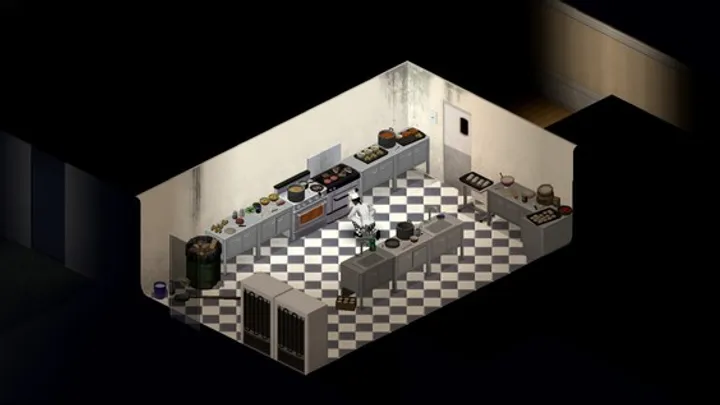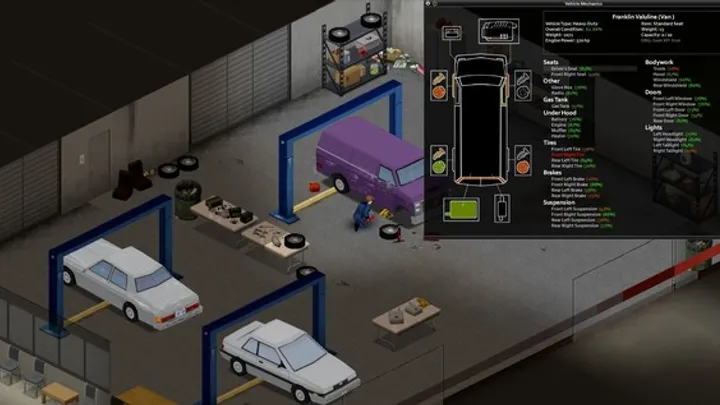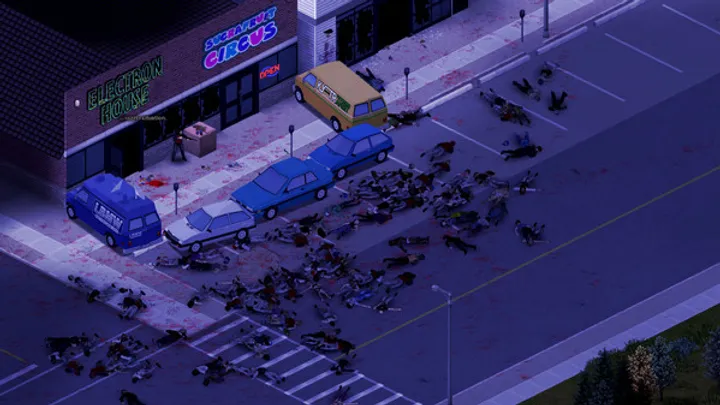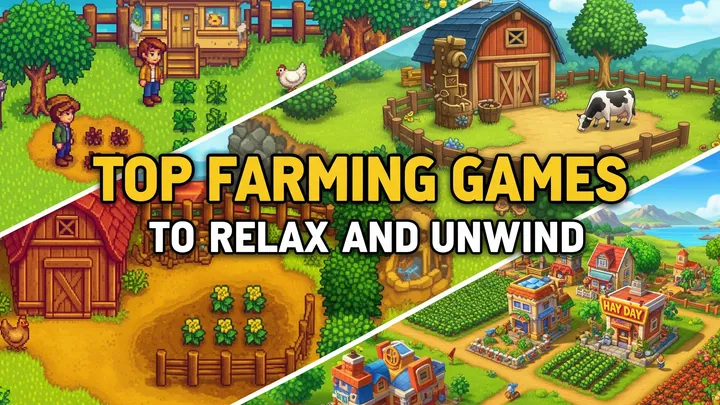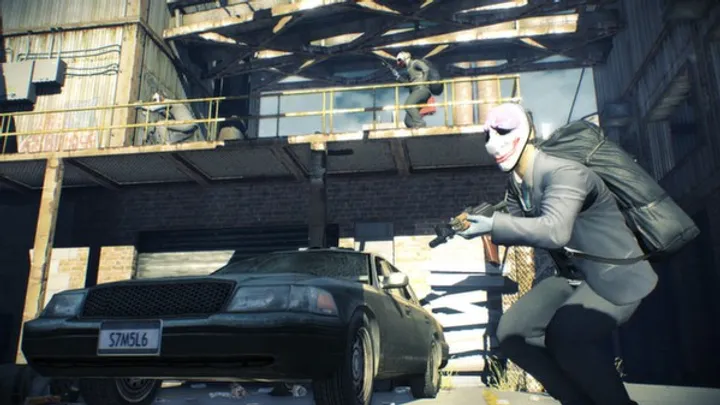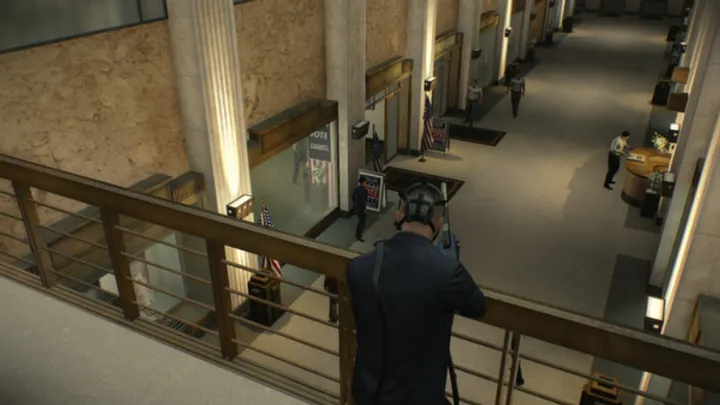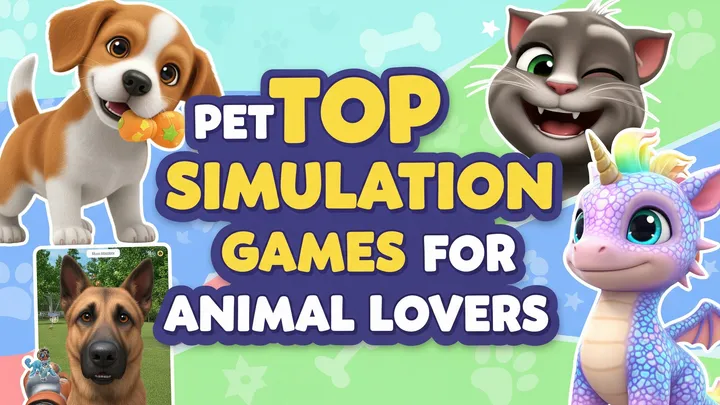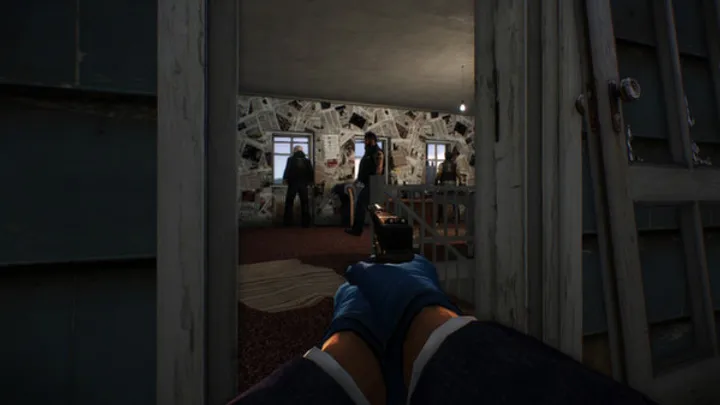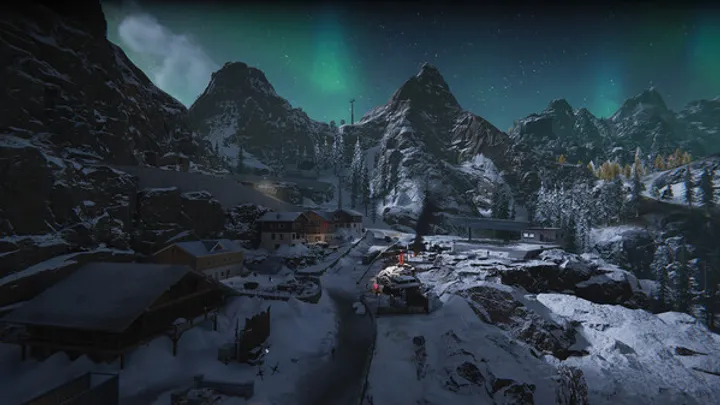Nine months after its PC release, Zoochosis has undergone a dramatic transformation. What began as a tense bodycam horror game where zookeeper Paul battles mutated animals has blossomed into a richer, more refined experience. In 2025, Clapperheads delivered two pivotal updates: the comprehensive “Grand Update” in March and the official PlayStation launch in August—each reshaping the game’s identity and reach. Here’s a detailed exploration of how Zoochosis evolved over the year, deep-diving into mechanics, platforms, challenges, and the future of this unsettling title.
March: The Game-Changing “Grand Update” Arrives
In late March 2025, Clapperheads released a sweeping overhaul for Zoochosis. The March patch redefined the player’s objectives, tightened gameplay loops, and improved accessibility.
Game systems were streamlined so that the primary goal became extracting the parasite from a mutant, with all other mechanics serving that central loop. This replaced an earlier, convoluted flow that forced players to collect exhaustive biological samples for diagnosis.
The tutorial system was fully revamped, complete with a replay option. Players who had existing saves were urged to restart or replay to properly grasp the new gameplay logic. Simpler is better was the motto at Clapperheads.
Under-the-hood improvements were significant: the vet station was redesigned for intuitive filtering, vaccine complexities were removed, and mechanics were streamlined to require single medicine application rather than multiple products.
Other updates included enhancing the UV flashlight’s role, disease balance tuning, a revamped PDA task system that now shows only one active mission at a time, and making the monster appear more promptly after the tutorial.
Control schemes received a thorough rewrite, adding full support for PS4/PS5 controllers and enabling full UI navigation via keyboard. Visual polish followed: new control hints, vet station visuals, parasite inventory, PDA hints, notifications, and animator fixes. Unreal Engine was upgraded to 5.5 for massive optimization gains—90 FPS without DLSS and nearly 140 FPS with DLSS on capable hardware.
Realistically, this update turned Zoochosis from an intriguing concept into a mature survival horror experience—with better performance, clearer goals, improved controls, and a much smoother journey.
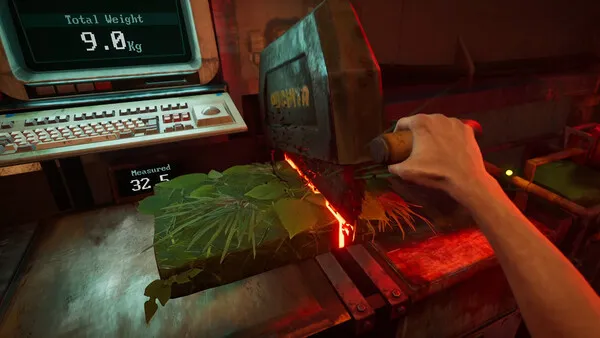
April–July: Fixing the Nightmares, Refining the Horrors
While the Grand Update recalibrated structure and performance, the months that followed focused on player feedback and bug elimination.
April’s updates resolved early animal-related glitches: stuck animals during blood collection, camera freezes, park pathing issues, and petting softlocks. Boss fight mechanics and sample collection received critical tweaks. UI visuals and interaction clarity improved dramatically.
The Screamer System 2.0 was introduced, adding new screamers that leaped at players with monsters—taking jump scares from static moments to dynamic threats.
Hotfixes patched increasingly rare but game-breaking bugs: moose hypnosis issues, improper handling of parasites, and controller interactions. Animations, interactions, and crash blockers faded as priorities.
February had already brought Photo Mode, revamped petting animations, UI tweaks, and an in-game bug reporting integration with Trello—a transparent and community-friendly approach that paid dividends in downstream stability.
This period reflects Clapperheads listening: the game matured through community-driven improvements, reduced friction points, and heightened tension through smarter scare design.
August: Zoochosis Debuts on PlayStation
August 2025 marked a milestone: Zoochosis expanded to PS4 and PS5, accompanied by the launch of the Epic Games Store version. Both console editions shipped with the Grand Update’s improvements baked in.
Repositioning the slimy corridors of the zoo onto PlayStation brought the horror to living rooms, with intuitive controller support and polished visuals. The bodycam-driven dread now reached broader audiences, and console players could finally experience the game in cleansing sweeps—with all systems optimized for comfort and clarity.
This console release represented more than platform expansion—it was Zoochosis transitioning from indie curiosity to a serious horror contender across ecosystems.
Connecting the Dots: A Timeline of Zoochosis?
From release to refinement, 2025 shaped Zoochosis’s transformation:
Month Milestone March “Grand Update” overhauls systems, UX, performance April–July Bug fixes, Screamer 2.0, Photo Mode, UI refinements August PlayStation 4/5 & Epic Store release, broader reach Each step refined the horror—from awkwardly designed systems to sleek, responsive scares.
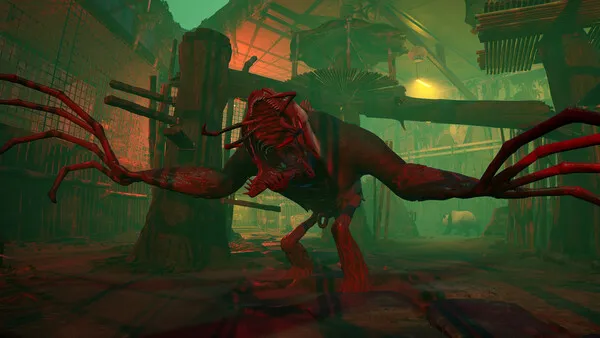
What This Means for the Horror Genre
Three aspects define Zoochosis’s progress:
- Design Maturity – Refocusing the core loop around parasite extraction sharpened purpose and drive. Players now know exactly what they have to do—no more wandering through minor tasks when darkness lurks.
- Technical Polish – Upgraded engine, optimized performance, controller support, UI clarity—all these moved the game from alpha roughness to polished horror. Jump scares hit harder; controls feel responsive; the narrative plays out more vividly.
- Cross-Platform Reach – Launching on PlayStation and Epic Store expands the player base and elevates the profile of indie horror. It signals Clapperheads' commitment to longevity.
Looking Ahead: Where Could Zoochosis Go Next?
With large-scale updates behind it, Zoochosis may explore:
- Additional endings and branching narratives building on the Ending Tracker, now visible mid-game.
- New animals and environments; the latest Steam patch teased fresh beasts, enclosures, and improved UI interactions.
- Expanded console content—trophy support, improved photo sharing, and platform-exclusive sequences.
- VR or immersive modes that heighten bodycam dread.
The foundation is solid; the future could expand the horror into deeper storytelling or community creativity.
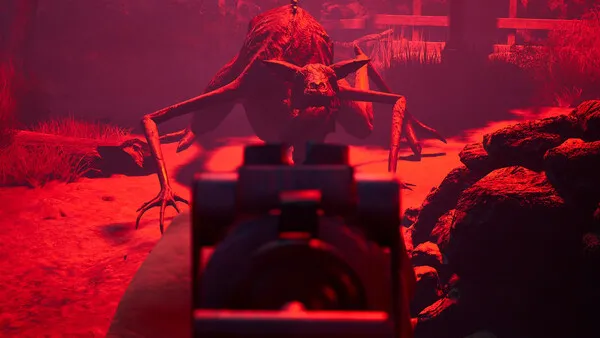
Conclusion
From its uneasy debut in late 2024, Zoochosis has matured into something far stronger by 2025. The Grand Update cracked open the architecture; months of polish refined the terror; and the PlayStation launch delivered the nightmare to a wider audience. The game stands as a case study in how indie horror can evolve—through iterative design, player feedback, and thoughtful expansion.
For fans ready to return to the zoo, the shadows are darker, the scares sharper, and the path forward more defined than ever.








